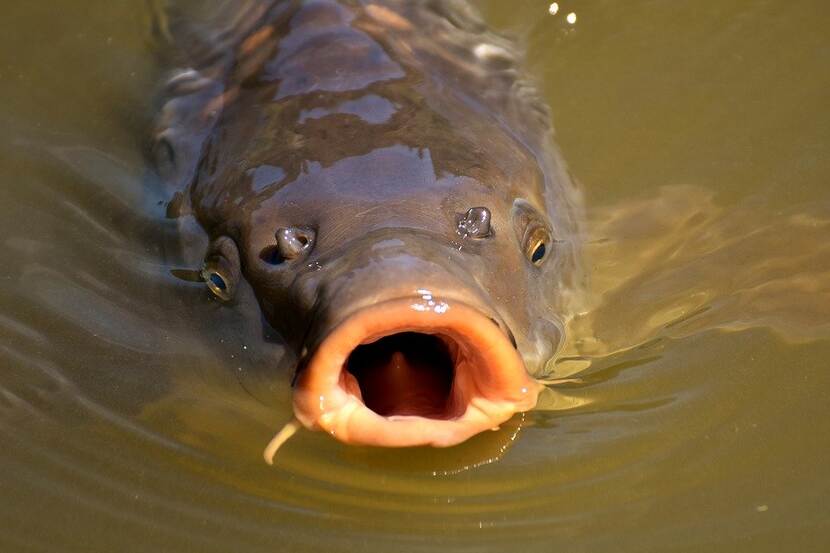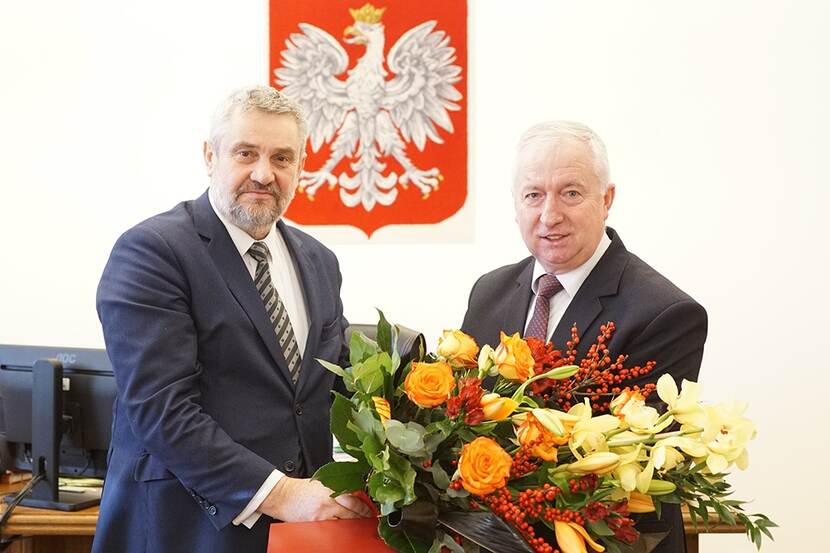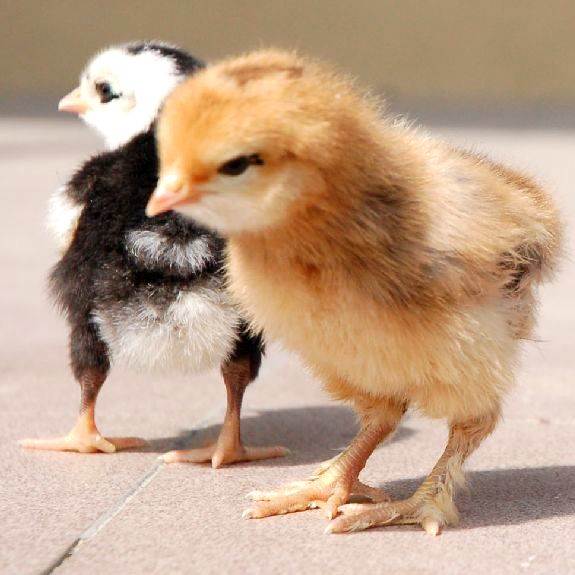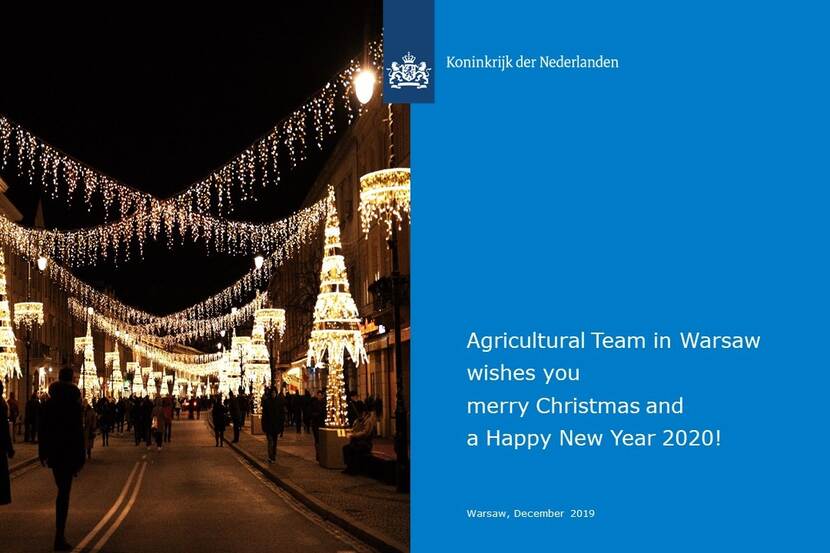Poland, brief agricultural news week 51, 2019
What happened in Poland last week? A brief overview of agricultural news.

Poland as the EU leader in ’Christmas fish’ production
The Christmas celebration in Poland has a long tradition with many local customs. The Poles start the celebration on 24 December 2019 with the Christmas Eve supper. It is the meal traditionally consumed with the family and consisting of 12 dishes, all of them meatless. Although meat is not allowed on Christmas Eve, fish can be eaten and carp is the most popular of them on Polish tables. That is why it can be called a ‘Christmas fish’.
It turns out that Poland is a leader in carp production in the EU. Out of approximately 70,000 tonnes of carp produced in the European Union, Poland has a share of almost 30 percent. The Poles produce nearly 20,000 tonnes of consumption carp and about 9,000 tonnes of stocking and stocking material. This definitely puts our country as the leader in carp production among EU countries, followed by the Czech Republic, which last year produced 18,430 tonnes of carp, and Hungary with less than 10,000 tonnes of production. Carp is produced in the European Union in almost every Member State, although the group with production exceeding 1000 tonnes per year includes: Poland, the Czech Republic, Hungary, Germany, France, Lithuania, Bulgaria, Romania and Croatia. In other countries, carp production is much smaller.
Despite being the EU leader in carp production, Poland is not at the top of fish consumption in Europe, in which the average fish consumption is of 24,3 kg per capita (EU data for 2017). In 2018, the consumption of fish and seafood in Poland amounted to 12.29 kg per capita (in live weight) and was by 1.3% higher than the year before. The consumption is dominated by sea fish (78%). Both freshwater fish (19%) and seafood (3%) play a much smaller role.
Source: PORTAL SPOZYWCZY, IERGZ

Poles spendings on Christmas
This year the Polish statistical family (household) will spend almost PLN 1,838 on the upcoming Christmas holidays. This amount is almost 5% higher than the expenditure declared last year.
Food…
Similarly to last year, 3/5 Poles will buy groceries for Christmas mainly at discount stores. A popular place to buy food are also hyper and supermarkets, which nearly every second respondent will go to.
Markets (25%) and specific stores, but other than discount stores or supermarkets (24%) are slightly less often chosen. Internet is a relatively not popular place to buy food, regardless of whether the purchase involves the use of a computer (5%) or a smartphone (2%)
…and gifts
Poles' gift preferences have not changed significantly compared to previous years. The list of this year's gifts opens with cosmetics and perfumes and toys, which every second respondent intends to give to their relatives and closed by books, which 34% respondents will decide to buy. Slightly less often Poles will find clothes under the Christmas tree (32%). But only 22% Poles will give sweets this year.
Another year in a row, Poles declare that they will spend slightly more on gifts (PLN 547) than on food (PLN 524).
Source: Milleświęta2019, Onet.pl, Deloitte

Possible spike in food prices
Due to an accumulation of factors, including higher utility bills and a rise of minimum wage, Polish food prices are expected to rise next year. Additionally, the spread of African Swine Fever will most likely increase prices of meat. Like in recent years, droughts can be expected. A possible drought can increase the prices of vegetables. As mentioned earlier on the website, a possible excise duty might increase the prices of alcoholic beverages with up to 10%. Other factors that can impact food prices are the Brexit, of which most conditions are still unknown and a sugar tax, which has been repeatedly mentioned and could lead to a higher price of sweet beverages.
Source: Economic Review, Polish News Bulletin

Changes in the Polish Ministry of Agriculture
Polish Prime Minister appointed Ryszard Kamiński as the Undersecretary of State in the Ministry of Agriculture and Rural Development.
Deputy Minister Kamiński will deal with, among others topics related to rural development, mechanisms of the common agricultural policy, agricultural science and advisory.
Ryszard Kamiński is a doctor of humanities in the discipline of management science (Jagiellonian University in Kraków). From 2006, he worked at the Kuyavian-Pomeranian Agricultural Advisory Center in Minikowo as deputy and then director. Earlier he was Assistant Professor at the Department of Sociology and Rural Culture of the Institute of Rural Development and Agriculture of the Polish Academy of Sciences in Warsaw. He has published over fifty articles in scientific journals and books on the activities of local communities, self-organization and grassroots activities in the countryside. He is also a farmer, he has his own farm.
At the same time Ryszard Zarudzki ended his work as deputy minister. He was responsible for the implementation of the Rural Development Program, the activities of the Agricultural Advisory Centers and oversaw the Department of Strategy and Analysis.

Polish poultry industry reduces the use of antibiotics in poultry
The Board of the National Poultry Council - Chamber of Commerce (KRD-IG) adopted the "Declaration of the Polish poultry industry on the rational use of veterinary antimicrobial medicinal products in poultry farming and breeding". The purpose of the document is to limit the use of antibiotics in poultry to 50mg / PCU or less. The declaration provides for the joint work of poultry breeders and producers and veterinary practitioners in poultry farms.
Detailed provisions of the declaration include, among others, effective selection of chicks intended for breeding; administration of natural products that show antimicrobial effect; the use of a sufficiently long sanitary break between the inserts of new chicks, allowing the necessary cleaning and disinfection operations to be carried out and the facility to be properly prepared for the new insertion; as well as until an electronic central monitoring system for the consumption of antibiotics is established, to maintain an individual register of the use of antibiotics by breeders.
The guidelines are to be used voluntarily by the poultry industry.
Source: Portal Spożywczy
